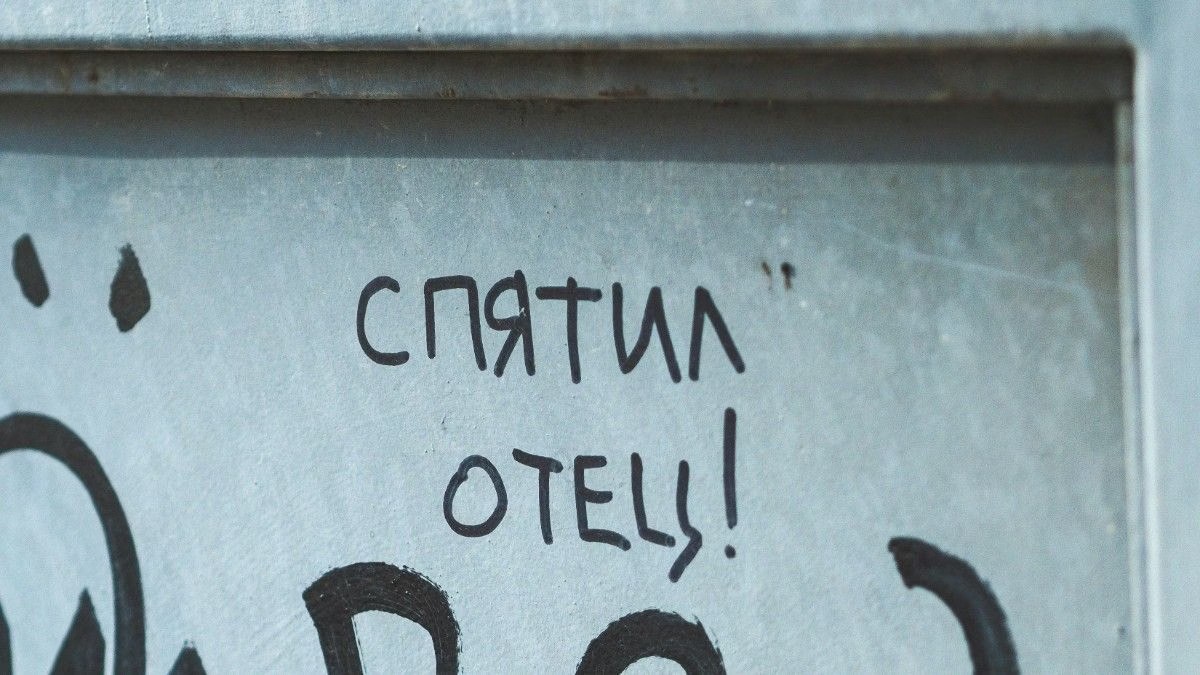How to Write a Credit Dispute Letter That Gets Results
If there’s an error on your credit report, don’t ignore it even a small mistake can cost you thousands in higher interest rates or missed approvals. Fortunately, you have the right to dispute inaccurate information, and doing it effectively starts with a well-crafted credit dispute letter.
While many disputes can now be submitted online, writing a letter by mail especially certified mail gives you a stronger paper trail and more control. This guide shows you step-by-step how to write a credit dispute letter that gets results in 2025.
Here’s how to do it right.
Step 1: Identify the Error and Gather Documentation
Before you start writing, pull your credit reports from all three bureaus Experian, TransUnion, and Equifax at AnnualCreditReport.com. You can still get free weekly reports in 2025.
Look for errors such as:
- Accounts that don’t belong to you
- Incorrect balances or payment statuses
- Late payments that were actually on time
- Duplicated or outdated negative items
- Hard inquiries you didn’t authorize
Gather proof to support your dispute. That might include:
- Bank statements or payment confirmations
- Correspondence with creditors
- Screenshots from your account dashboard
- Identity theft or police reports, if applicable
Step 2: Address Your Letter to the Correct Bureau
You need to send your letter to the credit bureau that reported the error. If the error appears on all three reports, you’ll need to send separate letters to each.
Here are the addresses as of 2025:
Experian
P.O. Box 4500
Allen, TX 75013
TransUnion LLC Consumer Dispute Center
P.O. Box 2000
Chester, PA 19016
Equifax Information Services LLC
P.O. Box 740256
Atlanta, GA 30374-0256
Always check their official websites in case the mailing address changes.
Step 3: Use Clear, Professional Language
Your letter should be firm but polite you’re requesting a correction, not picking a fight. Use formal tone and structure while being specific about the error.
Sample Credit Dispute Letter (2025 Template)
[Your Full Name]
[Your Current Address]
[City, State, ZIP Code]
[Phone Number]
[Email Address]
[Date]
[Credit Bureau Name]
[Mailing Address from Step 2]
Subject: Credit Report Dispute – Incorrect Information
To Whom It May Concern,
I am writing to dispute the following item on my credit report. The information is inaccurate and I am requesting it be removed or corrected under the Fair Credit Reporting Act.
The item I am disputing is:
- Creditor Name: [ABC Bank]
- Account Number: [XXXX-1234]
- Reported Issue: [This account is reported as 30 days late in May 2024. However, I made an on-time payment that month.]
Attached are copies of documents supporting my claim, including [bank statements, payment receipts, etc.].
Please investigate this matter and correct the record as soon as possible. I also request that you send me written confirmation of the results of your investigation.
Sincerely,
[Your Full Name]
[Signature, if mailing]
Enclosures: Copy of credit report with item circled, supporting documentation
Step 4: Mail It Using Certified Mail (or Use the Online Portals)
For disputes by mail, always use certified mail with return receipt requested. This creates proof that you sent the dispute and when it was received. Keep copies of everything you send.
If you’d rather go digital, all three bureaus offer online dispute portals:
Online disputes are faster and convenient, but they don’t allow as much space to explain or attach documentation. If the dispute is complex or involves potential identity theft, mail may still be your best option.
Step 5: Follow Up and Track the Resolution Timeline
Once your letter is received, the bureau has 30 days to investigate and respond (or 45 days in certain cases, such as when additional documents are submitted later). They’ll verify the data with the lender and notify you of the outcome by mail or online.
You’ll get:
- An updated copy of your credit report (if changes were made)
- A letter explaining the results of the investigation
- Info on how to appeal if your dispute was denied
If the bureau fails to investigate or resolve the issue, you can escalate by:
- Filing a complaint with the Consumer Financial Protection Bureau (CFPB)
- Contacting the creditor directly to request a correction
- Including new evidence and resubmitting your dispute
Tips for Making Your Dispute More Effective
- Highlight errors directly on a copy of your report (circle or underline them)
- Send only copies, never originals
- Keep your tone factual and neutral
- Don’t dispute everything at once focus on one or two items per letter
- Don’t try to dispute accurate negative marks (it can hurt your credibility)
Correcting even one inaccurate negative item can raise your score significantly especially if it’s a major delinquency or collection account.
Final Thoughts
A well-written credit dispute letter is one of the most powerful tools you have to fix your credit and protect your financial future. It’s not about gaming the system it’s about making sure your report reflects truthful, verifiable information.
Stay patient, keep detailed records, and follow up consistently.
Next up: How Long Do Credit Disputes Take to Resolve in 2025? — learn what timelines to expect and what to do if the process stalls.




